Bedside beats: Music in healthcare
Clare Stevens
Monday, June 1, 2020
Vocal and beatboxing workshops are providing an unusual source of comfort to young patients at the UK's largest specialist centre for the treatment of heart and lung disease. Clare Stevens reports.
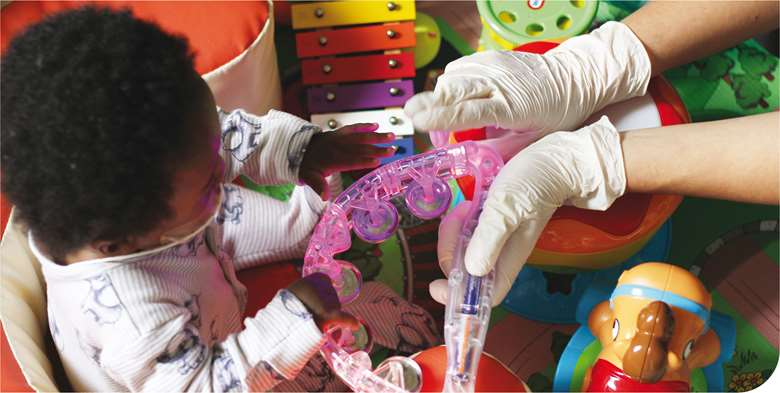
All photos © Elam Forester
There is nothing new about the idea of musicians working in hospitals to brighten the lives of in-patients and their visitors – the UK's leading charity in the field, Music in Hospitals & Care, was founded in 1948. It was inspired by the obvious benefits that live music brought to wounded servicemen, and was provided by the Entertainments National Services Association. Numerous other charities and arts organisations have since followed, supporting individual hospitals or regions. But some projects fill a very particular niche. One of those is Vocal Beats, which provides music-making activities for children aged 0-16 at Royal Brompton & Harefield NHS Foundation Trust (RB&HFT).
The trust is the UK's largest specialist centre for the treatment of heart and lung disease. It operates from two sites, Royal Brompton Hospital in Chelsea, Central London and Harefield Hospital near Uxbridge, Middlesex. Its paediatric department, Rose Ward, is a national referral centre for children from prenatal to teenage, many of whom face prolonged and recurrent residential stays. The trust has a Play Service to support patients and their families by organising activities in a play room or by children's bedsides and the Chelsea Hospital Community Hospital keeps them up to date with National Curriculum activities.
This offering is enhanced by performances, workshops, exhibitions and craft sessions in both public spaces and clinical settings, delivered to patients and their families by rb&hArts. Launched in 2002, in a typical year rb&hArts runs 250 workshops with over 5,000 participants. These include three weekly Singing for Breathing workshops for older people living with chronic obstructive pulmonary diseases such as emphysema or bronchitis, and six hours of live music performances per week for adults by two musicians in residence, currently comedy violinist Adrian Garrett and singer and ukulele player Stac Dowdeswell.
‘Live music is a very effective creative intervention in healthcare,’ explains Conni Rosewarne, music programme manager for rb&hArts. ‘Playing music on wards and bays engages people of all ages, affecting mood and bringing people together, without the need for language.
‘It enables us to share a positive experience even during challenging circumstances, and promotes our health and mental wellbeing. Music is also a distraction and provides light relief from the boredom, loneliness and anxiety that may be experienced during a hospital stay.’
rb&hArts's latest initiative, however, has more specific benefits. Vocal Beats provides beatboxing workshops and other activities including bedside singing, creative music-making, music technology, lyric-writing and vocal composition for young people resident in the hospital, particularly those suffering from cystic fibrosis (CF). The sessions are delivered by five professional musicians with significant experience of working in complex healthcare settings: singer-songwriters Heather McClelland and Stac Dowdeswell and beat-boxers Grace Savage, MC Zani, Bellatrix and Grace Savage.
In the first year of the project, starting in February 2017, activities were organised on a one-to-one or small group basis, often with parents or sometimes with other members of the hospital staff taking part. ‘Interventions’, as the individual sessions are described in the project evaluations, were very diverse, ranging from spending a few moments by a patient's bed to sing one song, to longer, planned participatory music activities.
The number of variables in work like this is almost infinite, calling for exceptional skills in musicianship, performing ability, teaching and communication and immense flexibility. It is very different from working in a classroom, a private teaching studio or the average community arts setting.
The first challenge is the age range of the participants the artists may meet over the course of a session. ‘Rose Ward is set up in such a way that it includes patients who are resident for perhaps many months from birth; young people with cystic fybrosis who will have to come in to the Royal Brompton for two-week stays every three months throughout the whole of their lives; and patients with a real mix of other cardiac and respiratory problems, some of whom may be resident for a random three-week period for surgery, while others have more complex needs,’ explains Rosewarne.
So the musicians may find themselves playing finger games with a baby or singing nursery rhymes with a toddler one minute, then teaching ukulele or trying to identify the musical tastes of a shy or embarrassed teenager the next. So they have to either think of a performance that will engage everyone at the same time or devise and manage separate activities. While it may seem enough simply to bond with the patients and encourage older ones to share their playlists of artists, the ideal is to get them involved in playing an instrument or singing if they are well enough, because the benefits for their health of physical activity and particularly singing are so great.
‘Our singers are really brilliant at picking repertoire that suits different ages, but they do have to be incredibly flexible and they work very hard at keeping up with what's current, and being able to look up an unfamiliar song and produce a version of it that they can perform very quickly, without all the musical resources of a recording studio.’
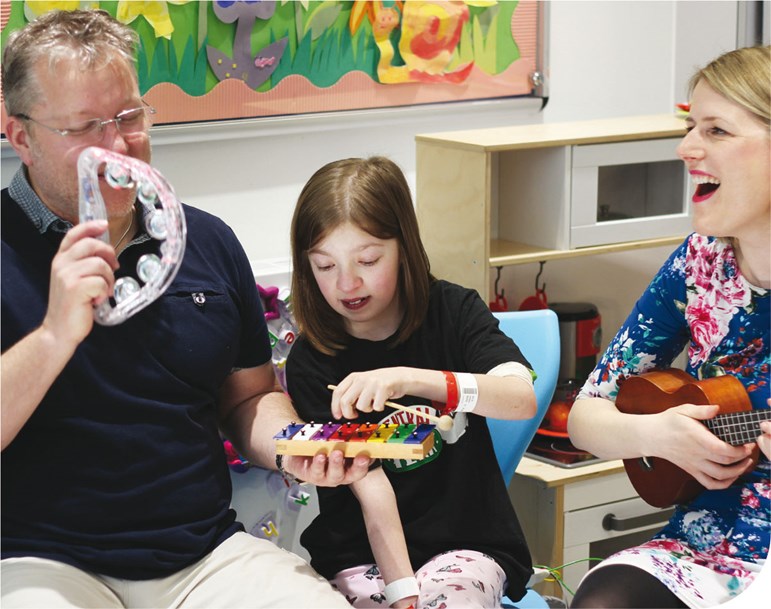
They also have to recognise when to accept a young person's reluctance to take part in musical activities, and step back: ‘A patient's bed is their personal space. They are in a situation where very few choices are open to them, so if the one choice they can make is not to take part in a singing session, you have to respect that.’
The musicians also need to be comfortable in the clinical setting and able to respond sensitively to whatever may be going on around them. Rosewarne tells the story of one very new recruit to the musicians' team who was on her first day doing singing with a young person on a bay when the patient in the same bay became very unwell and needed emergency treatment there and then on the ward. The musician had to keep singing and playing her guitar throughout to try to distract and comfort the child she was with, who was upset by what was going on and had become tearful. ‘It was a memorable introduction to the ward! But she did very well and was very well supported afterwards by her colleagues and by members of the hospital's play team, who all reassured her that if she could cope so well with that, she could cope with anything.
‘We had a consultation with RB&HFT staff last year, asking how they felt about the music activities, and their reactions were overwhelmingly positive; they agreed that it is actively helping patients deal with a stay in hospital.’
‘I see how our patients engage with [the musicians],’ commented one clinician in response to a project evaluation survey. ‘It is fascinating. They have so much talent and bring harmony to the unit. I find it the best non-pharmacological therapy for our patients – even for the nurses too!’ Others remarked upon the sense of fun and community spirit that was created on the ward, while some of the musicians observed how singing favourite songs in shared spaces and learning new skills together helped to break down social barriers not just between the patients but between their parents and guardians.
‘rb&hArts has seen really positive outcomes from Singing for Breathing’, adds Rosewarne, ‘and the bank of knowledge we have built up through that has informed the Vocal Beats programme, including understanding of the physiotherapy that COPD patients undergo.’ Recorded data for 70 young people aged six to 18 in the first year of the programme showed that 11 per cent learned new breath management techniques through vocal coaching and singing – vocal warm-ups, stretching and diaphragmatic exercises. Many of them had also developed skills in beat-boxing or ukulele playing that they could take forward at home when they left hospital.
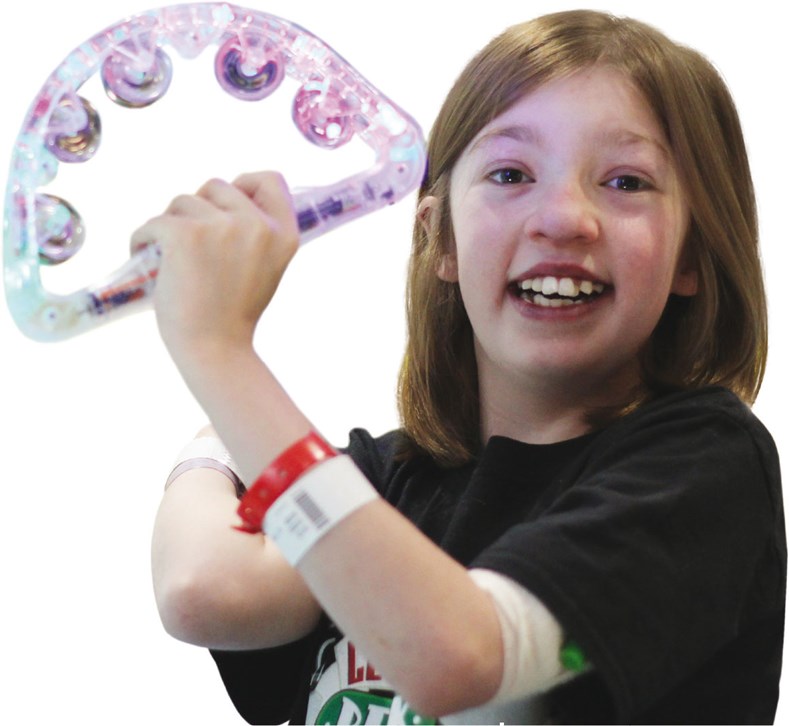
The emphasis on beat-boxing came principally from Heather McClelland who had been involved in the national beat-boxing championships through her own work as a professional singer, and could see its potential both as a beneficial exercise for anyone with breathing difficulties and as a current activity for teenagers. It is also very quick and engaging, and enables people of all ages to articulate feelings that they might have difficulty expressing any other way.
McClelland had noticed a gap in provision for the older patients on Rose Ward, particularly those with CF who have to stay in isolation rooms where they can have very little direct contact with anyone other than the staff treating them. They must never be in the same room as anyone else with CF, so there are major barriers to group work with them.
‘It can be a very lonely experience for the young people,’ says Rosewarne, ‘and for some there is also a transition from being treated on a children's ward, which may have become like a second home to them, to an adult ward where the atmosphere is very different and the relationships they have built up with specific members of staff will disappear. In response to this need, rb&hArts was able to expand Vocal Beats in its second year to include 17-25-year-olds on adult wards.’
The team initially thought they could bring the young people together to participate in beat-boxing sessions and singing lessons via Skype, but it proved to be more difficult than expected to persuade the participants to engage with the sessions and on a practical level McClelland herself found it difficult to deliver individual singing lessons via a digital platform, especially given the limited capacity of hospital WiFi.
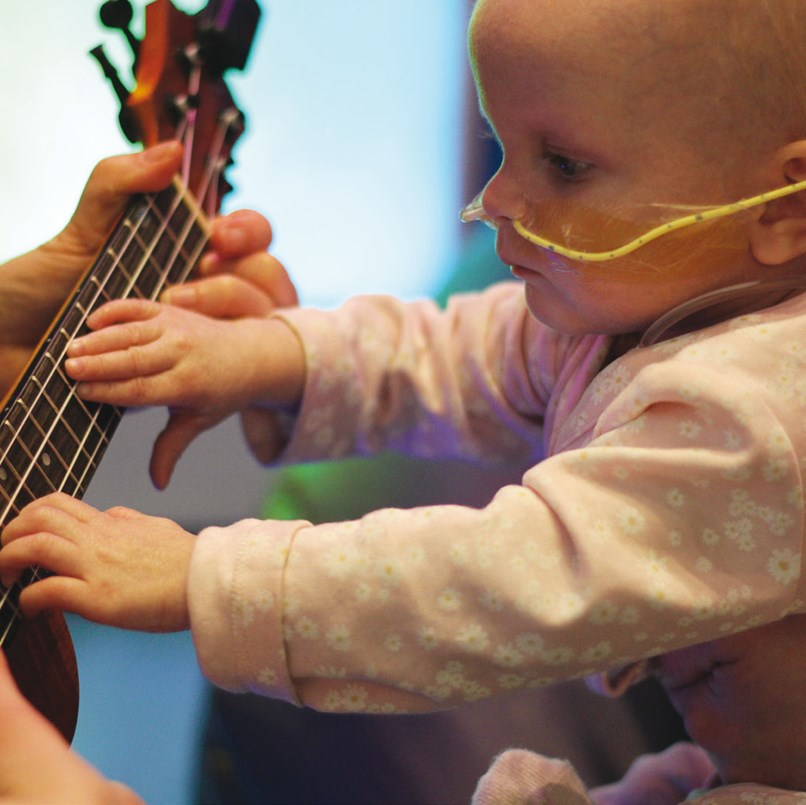
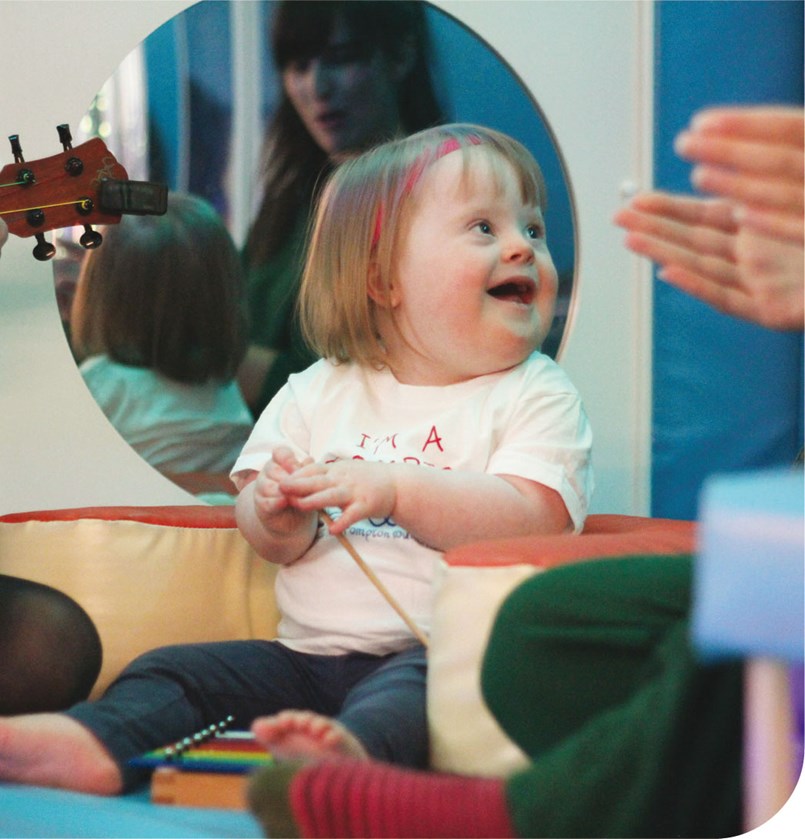
The key to developing Vocal Beats in a more appropriate and helpful form turned out to be a new strategy of enlisting a small team of Youth Ambassadors, patients and former patients of Rose Ward themselves, who were able to help identify a more appropriate channel for communicating with the participants and promote youth voice and participation in musical activities for other young people living with chronic and/or life-limiting conditions. ‘They wouldn't necessarily respond to an invitation via email to join in with a weekly singing session; they needed a more personal approach. And they weren't familiar with Skype, they had moved on to Zoom and other platforms.’
With financial support from the Co-op Foundation's Building Connections Fund, Youth Music, the Brompton Fountain charity and BBC Children in Need, the Youth Ambassadors set up a YouTube channel which they curate themselves. It includes demonstrations of vocal warm-ups and singing and beat-boxing lessons but also provides a space in which the young people can share their own personal stories on film.
‘CF patients want to build relationships with other disabled young people,’ says Rosewarne. ‘We're setting up links with teenagers on other wards of the RB&HFT, such as those with congenital heart disease, and we're also beginning to look at ways in which we could help with palliative care.
‘Youth Music has been really great at providing us with a budget so that support can be accessed by all our musicians. For example the arts and drama psychotherapist Charlie Blowers has done a group supervision session for us, facilitating conversations around situations that the musicians found challenging; and we've run body-based skills workshops such as one on yogic breathing. We're also working in partnership with the Royal Marsden NHS Foundation Trust through their Youth Support Co-ordinator Ella Hallpike to look at ways in which we can develop a more embedded approach to our programme.
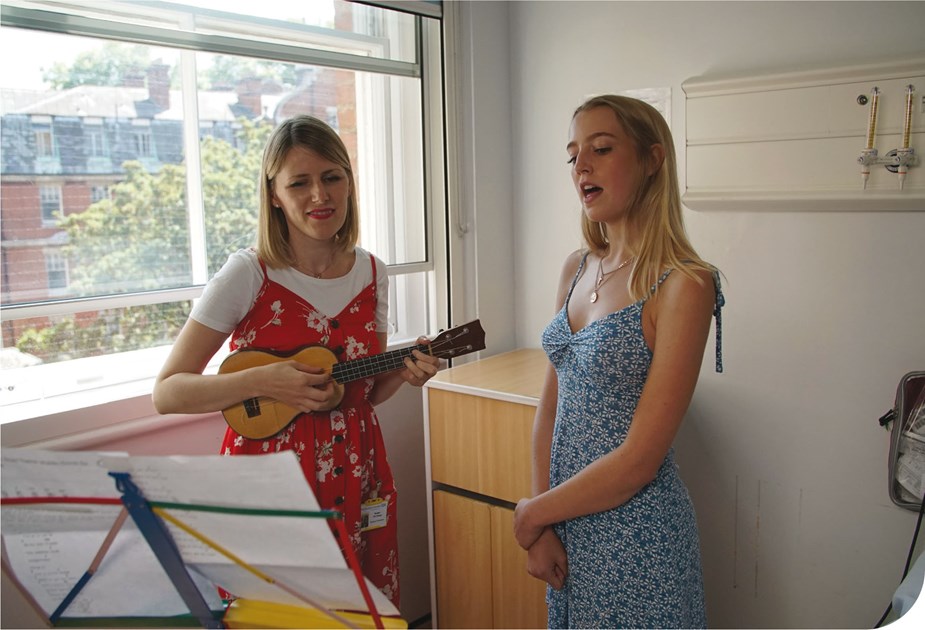
Picking up on a recommendation made in Clore Fellow Nicola Naismith's report on the arts in care settings, the team has currently been working on putting together a summary of musical resources that artists have available to them. They have also developed a mentoring programme for music practitioners which started last year, supported by Sound Connections, and is aimed at encouraging more performers to develop their expertise in this area and widening the pool of musicians the rb&hArts team can draw on.
McClelland also works as a musician in residence at Great Ormond Street Hospital and she speaks eloquently about how the two aspects of her career, as an arts practitioner in a healthcare setting and as a performer on the commercial stage and in recording sessions inform one another. ‘I have such special moments when a parent cuddles their baby as I sing to them, a family participates in music-making for the first time, a young person explores and expresses their feelings through song-writing or someone realises they can sing and that they love it. Music is a powerful tool and I find this is amplified in a hospital environment where people are often dealing with very challenging situations; music is human and levelling.
‘My ability to talk to people when performing, to improvise and my overall musicianship have all improved as a result of my work in hospitals. However, what's so interesting about this work is that although I draw from my own practice as a singer, it's not about me. I see the role as providing a space for young people and their families to experience and explore music and create meaningful moments.’

